The 10 Best Studio Ghibli Films for Beginners (and Fans)
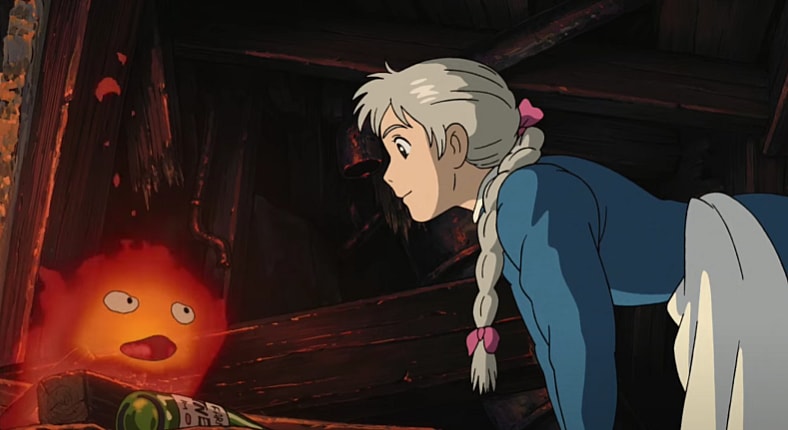
The recipe for a Studio Ghibli film is quite simple when you break it down. All you need is universally understood storytelling, a beautiful hand-drawn animation style with a heavy focus on homey, cozy scenery, and (most importantly!) a delicate sense of childlike whimsy.
If you take all of these components, combine them with memorable characters and a team of animators dedicated to the art form, you get an inspiring body of work filled with coming-of-age themes and a healthy dose of heartfelt introspection.
And if you think that’s hard, imagine trying to pick your favorite! We couldn’t choose just one, so in this article, we are taking a look into the ten best Studio Ghibli films (in no particular order), just in time for your next Miyazaki marathon.
Castle in the Sky (1986)
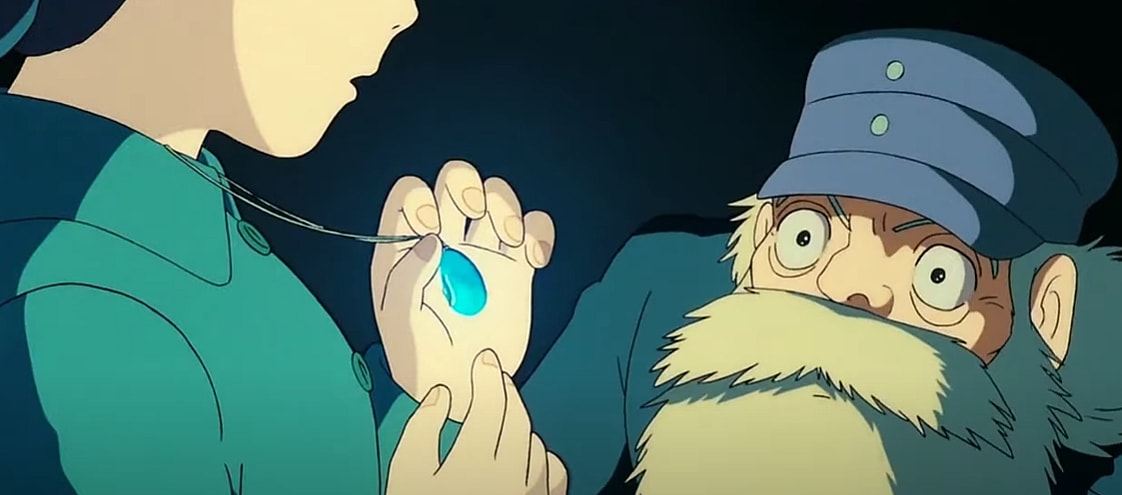
Kicking our list off strong, I’ve chosen the first Hayao Miyazaki film produced by Studio Ghibli. The studio was founded in 1985, hot on the heels of Nausicaä of the Valley of the Wind, and the fantastical adventure film Castle in the Sky features distinct anti-war and environmental protection motifs close to the heart of our beloved director.
The story of the film follows Sheeta and Pazu, a young girl and boy who are trying to protect a powerful crystal while on the hunt for a mythical flying castle called Laputa. The focus of the movie is Laputa’s lost technology, and showcases a variety of characters who either want to protect the floating paradise or exploit it.
The film explores human morality and dutifully encapsulates that familiar Ghibli spirit of discovery–and it certainly doesn’t disappoint visually, with that timeless art style we all know and love.
Ponyo (2008)
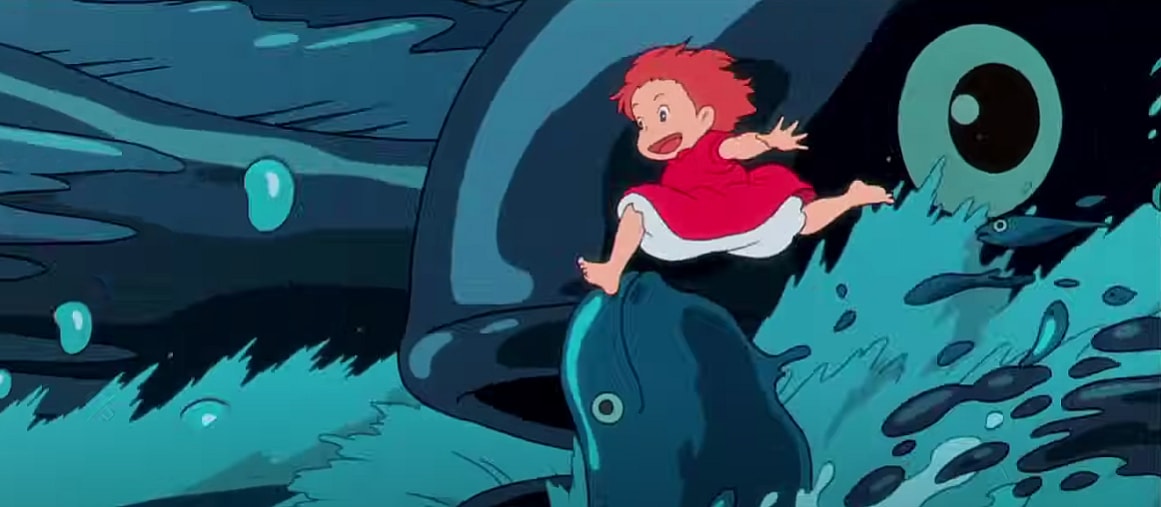
When we talk about childlike whimsy, I can think of no better film to exemplify the theme than Ponyo. This carefree story skews considerably younger than most of Miyazaki’s other films, but it possesses a universal charm.
Hayao Miyazaki’s eighth film for Studio Ghibli is the tale of a young fish girl who wishes to live among the humans. Sounds familiar, right? Loosely inspired by Hans Christian Andersen’s The Little Mermaid, Ponyo finds herself ashore, befriending a young boy by the name of Sosuke and discovering the meaning of humanity. The deceptively simple storyline defies all logic and reflects the magic of childhood.
While the film is considered to be a little divisive among Ghibli fans (thanks to its especially kid-friendly nature), the striking visuals and innocent chemistry shared by the film’s protagonists is sure to warm the hearts of older audiences.
I highly recommend this installment to anybody looking for a little bit of that sweet 2000s nostalgia.
The Secret World of Arrietty (2010)
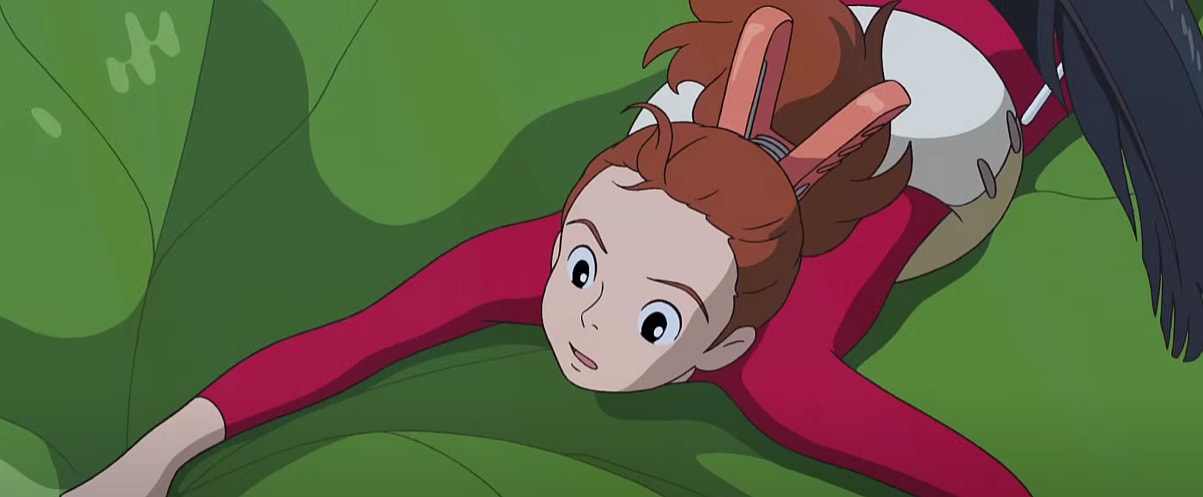
The Borrowers by Mary Norton has been adapted numerous times. The story revolves around a community of tiny people who live in a house and “borrow” things they need to survive. They sneakily avoid humans, who they refer to as “beans,” to stay safe.
The protagonist, Arrietty Clock, is a curious teenage girl who persuades her father, Pod, to let her accompany him on her first borrowing mission. During their adventure, Arrietty meets a sickly human boy who lives in the house. The boy shares that his mother used to tell him stories about the Borrowers, and an unexpected friendship develops between them.
‘Arrietty’ embodies the gentle but vibrant spirit, as is characteristic of Studio Ghibli. The animation effectively immerses the audience in the adventure, capturing the perspective of tiny people in a way that live action cannot.
The soundtrack complements the film’s tone, reflecting its lighthearted and curious nature, and enhances the portrayal of the blossoming friendship.
All in all, Arrietty is a successful and cozy take on a classic tale.
The Boy and the Heron (2023)
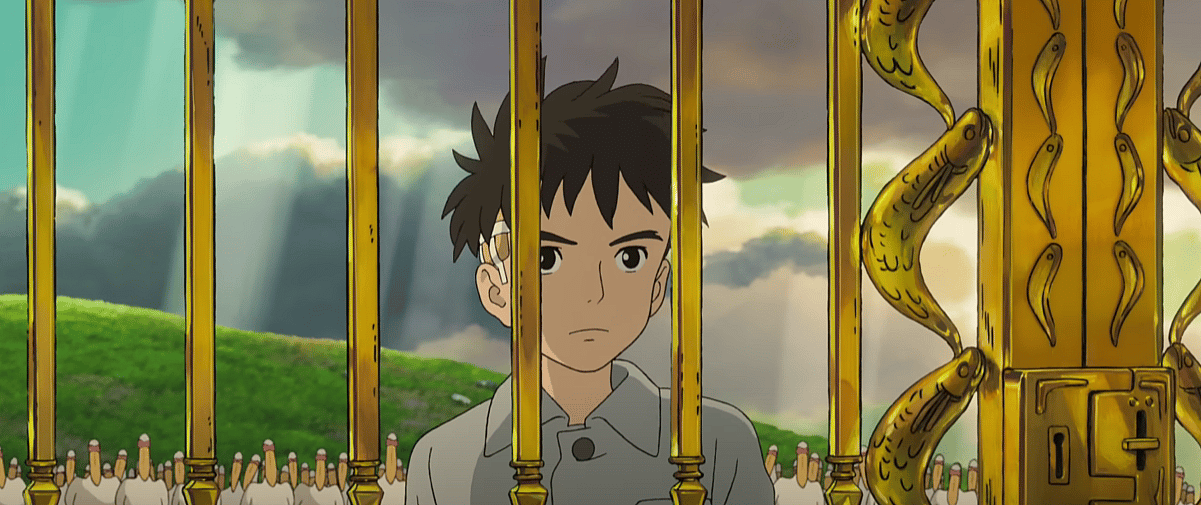
In stark contrast to the childlike story of Ponyo, Hayao Miyazaki’s latest film explores more mature themes such as grief, war, and prejudice.
Positioned to be the master’s final film, the story follows Mahito Maki, a young boy who moves to the countryside following the tragic death of his mother in an air raid on Tokyo. It draws from the director’s own memories of fleeing to the countryside during the war as a child.
In a secret alternate reality, Mahito is forced to confront his grief and learn to navigate a life beyond his trauma. It is a poignant exploration of the relationship between beauty and grief.
As an artist, I can imagine that transitioning away from decades of work, which often breathes purpose into our souls, could be quite challenging. If his retirement announcement holds true this time (there have been many in the past, fans of the studio are familiar), it’s no surprise that Miyazaki’s departure leaves us pondering the question, “how do you live?”
My Neighbor Totoro (1988)
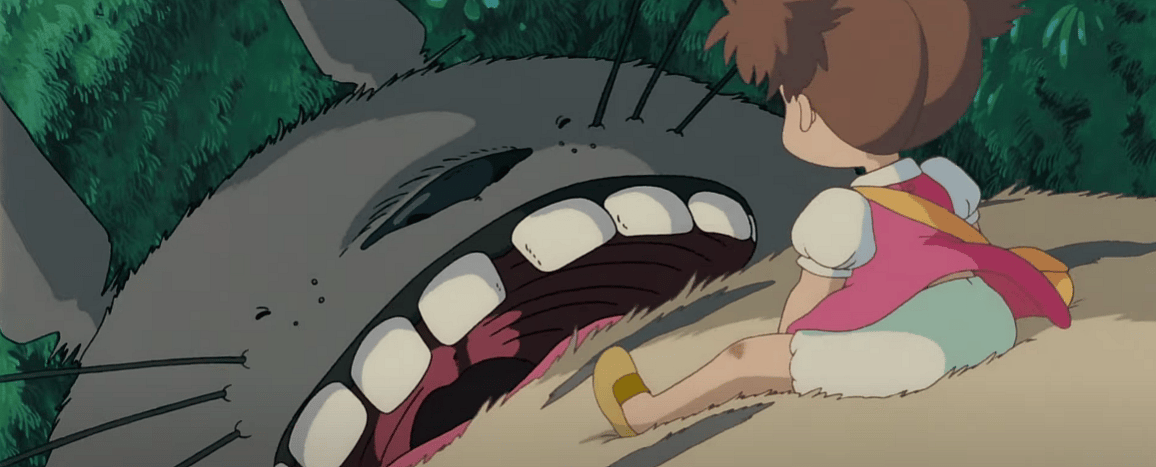
All aboard the Catbus!
Now, even if you’re not a fan of the Studio Ghibli franchise (which would be hard to believe), you might still recognize a cuddly creature or two from the studio’s most iconic film.
In My Neighbor Totoro, two sisters, Satsuki and Mei, discover a collection of benevolent forest spirits after moving to the countryside with their father. Alongside a trio of “Totoro”s, they embark on a delightful adventure as they help fix up their new home and explore their surroundings.
The movie radiates a captivating warmth and presents a tender outlook on the connection between humanity and nature. This simple yet captivating story serves as a beautiful reminder of the magic of childhood. Our main characters’ appreciation of nature unlocks the presence of these friendly spirit guides, portraying a heartwarming tale of wonder and discovery.
The film shows that animated movies can be profound without relying on conflict, highlighting the studio’s diverse talents.
Howl’s Moving Castle (2004)

Howl’s Moving Castle is one of the many Ghibli films based on a fantasy novel. It tells the story of a young hatmaker named Sophie, who meets a wizard named Howl and is transformed into an old woman by the curse of a jealous witch.
Sophie’s journey takes a turn when she encounters a friendly turnip-headed scarecrow who leads her to Howl’s magical castle, which is honestly more accurately described as a walking war machine. Inside the castle, she befriends Howl, a fire spirit named Calcifer, and a young boy named Markl who takes care of the castle.
Sophie announces herself as the new housekeeper and embarks with this band of misfits on an adventure of romance and redemption.
The movie is notable for its anti-war sentiments, timeless romance, and masterful animation. It has also been praised for its diverse representations of elderly women, a group that is rarely featured at the forefront of magical animated films.
If you are a hopeless romantic like me, you’ll need some tissues to watch this one.
Kiki’s Delivery Service (1989)
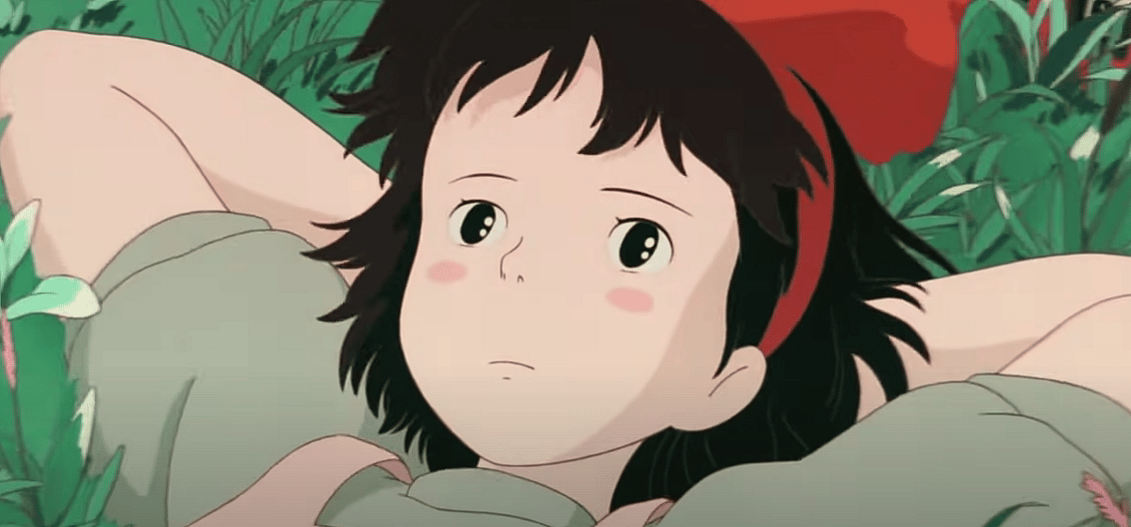
If I were to rank these films based on my personal favorites, Kiki’s would be at the top by far. It has everything I was looking for in a Ghibli film: timeless hand-drawn animation, an upbeat, playlist-worthy soundtrack, a coming-of-age story that reminds me of my girlhood, and magical witches with black cats and broomsticks.
Kiki’s Delivery Service follows a thirteen-year-old witch who is gearing up to embark on a journey of self-discovery. Kiki is following in her mother’s footsteps to practice the magic passed down to them by previous generations and must move away from home for a year as a rite of passage.
After selecting a new town to settle in, Kiki begins working with her very own package delivery service and befriends some of the locals, including a boy her age interested in her flying ability and an old lady who makes a mean Herring Pie.
Like most teenage heroines, Kiki must learn to strike a balance between her own destiny and the traditions of her (albeit magical) ancestors. This film is perfect for cozying up under your favorite Halloween blanket, with pumpkin spice-scented candles, and your favorite furry friend.
Grave of the Fireflies (1988)
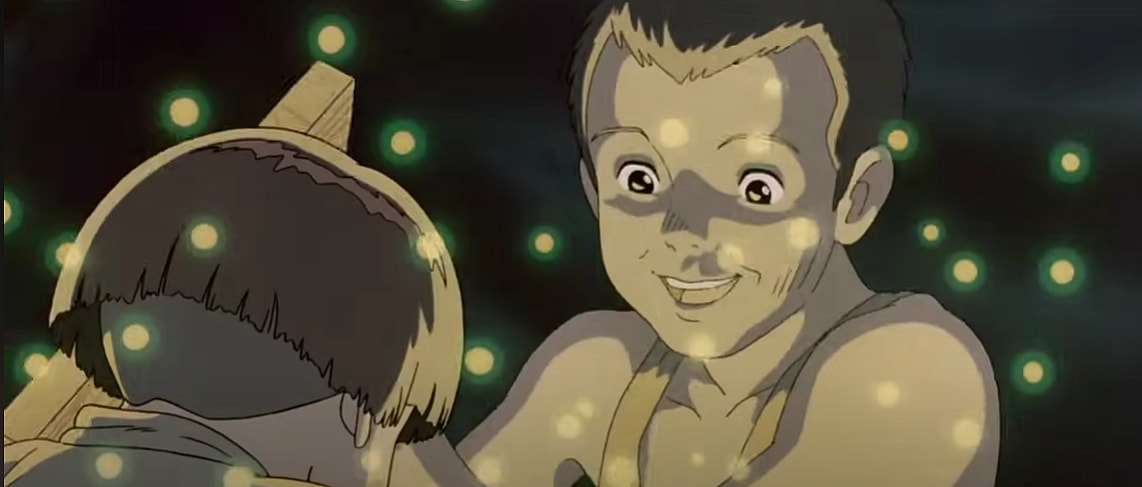
Unlike other Ghibli films, there is no magic in this haunting film. Set in World War II Japan, Grave of the Fireflies is a tragic narrative that is much closer to reality than the last few installments on our list.
It begins with the death of one of its main characters, Seita, who is reunited with his sister, Setsuko, as wandering spirits. In a series of flashbacks, the film follows the pair struggling to survive in the aftermath and destruction of the war.
Isao Takahata, the director, has been praised for his brutally honest portrayal of the devastation of war and for creating distinctly human characters who maintain hope despite their trauma. The film’s anti-war message is intensely clear and can be difficult to digest at times.
Bleak and frankly heartbreaking, Grave of the Fireflies defies the conventions of animated films.
Princess Mononoke (1997)
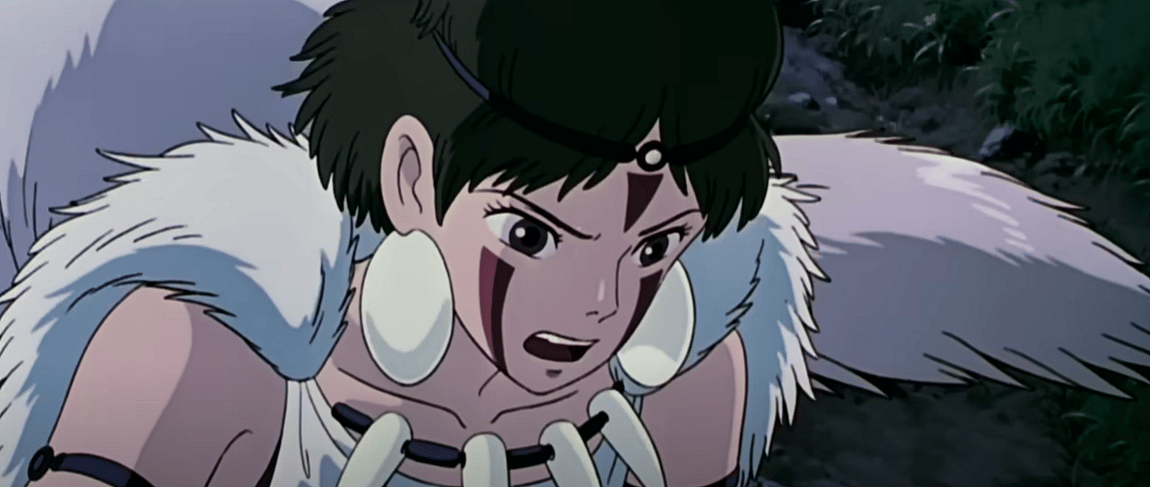
Princess Mononoke is perhaps the crowning achievement in Studio Ghibli’s illustrious catalog, a film that delves deep into the complex relationship between humanity and nature.
It’s not the most child-friendly animated film, but its impact is significant.
Set in medieval Japan, the story follows Ashitaka, a young prince cursed by a vengeful forest spirit. His quest for a cure draws him into a brutal conflict between the Iron Town, driven by industrial progress, and the ancient forest, defended by the wolf-raised Princess Mononoke.
Miyazaki masterfully avoids simplistic good-versus-evil tropes, presenting characters with multifaceted motivations and moral ambiguities.
The film is a stark exploration of the destructive potential of human greed and a poignant call for ecological balance. Combine this with a lush universe, thoroughly developed and morally gray characters, and you get a masterclass in cinema.
Spirited Away (2001)

The Oscar-winning masterpiece Spirited Away was the first Studio Ghibli film to gross more than $10 million in the United States, and it established the Western audience’s perception of the studio.
The film follows ten-year-old Chihiro in a spirit-filled take on Wonderland, where an abandoned amusement park transforms into an enchanted bathhouse as the sun sets. The story begins with Chihiro and her parents exploring the amusement park. Her parents stumble upon some apparently “free” food and, unable to resist temptation, gluttonously ravage the feast.
The mean witch who runs the bathhouse in the realm of the spirits turns the pair into pigs, and we are immediately whisked into the action, with Chihiro making a deal to serve the witch and save her parents. As she explores the village and searches for a solution, Chihiro is enveloped in a flurry of mystery and magic.
She befriends mythical creatures along the way and discovers that her parents aren’t the only ones in need of a change.
Spirited Away is not just the standard rescue mission. There is a little more action than in your typical Ghibli film, and Chihiro’s ultimate goal is to save her parents, but along the way, she experiences a transformation. Chihiro, formerly a stubborn young girl who is resentful at the idea of moving to her new home, is lost in this strange unknown realm and must rely on herself to find her way home.
Ultimately, Miyazaki’s signature animation and immersive storytelling set this film apart, making the whimsical aspects feel essential, rather than serving as an escape from one’s problems.
